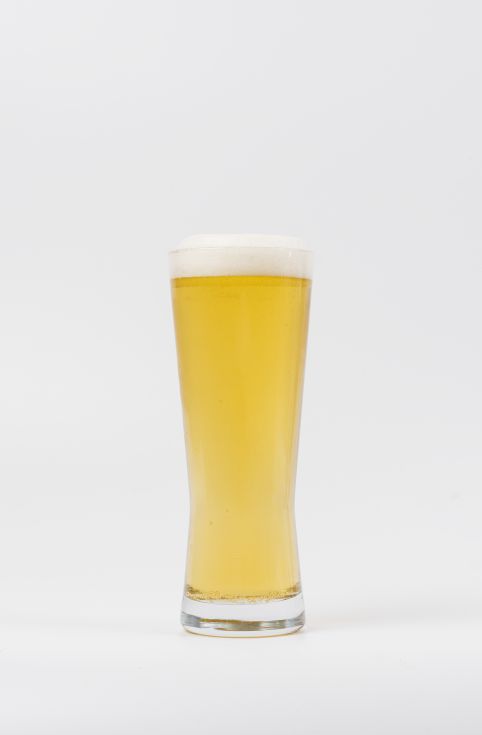Lager is without doubt the most popular beer style in the world, if measured by volume also the preferred beer style in the UK if using the same measure. Most of the UK lager production is by large breweries which are owned by multi national companies, whether their production techniques are in keeping with traditional or true lagers is questionable. Very little lager is real ale and those that are customers can find it difficult to spot them as lager as their expectation is that they should be heavily carbonated. Lager came from a German word meaning to store, but modern concepts of lager is that it is dismissed as 'just fizzy yellow stuff'. Such an attitude is not helpful as there are several classic examples around the world, perhaps the way forward is to accept that in today's more technologically advanced world lagering a beer for several weeks is no longer essential. Instead we should accept the world of lager has moved on and concentrate on the wide ranging tastes of the beers.
Dig a bit deeper than the common macro UK brands and there are several variations of Lager to be found each with a history to tell and subtle differences in taste, though it must be said that many crossover with each other and very few are 'real ales'. To get the best examples of these styles it may be better to seek out bottled and kegged beer rather than traditional handpulled cask ales.
The common feature all lagers have is that they are crisp, light in taste and mostly in colour too, making them accessible to a wide range of drinkers. All Lagers are bottom fermented, that is the yeast settles at the base of the fermentation vessel, rather than on top of the developing beer as with most UK beers styles. The Lager family is Dark Lager, Helles, Marzen, Pilsner and Vienna Lager. Some do veer into traditional UK beer styles such as Pale Ales and Blond Ales. Kölsch is very similar in colour and flavour to Lager but due to technicalities in how it is produced it should be seen as separate from it.

Colour
Yellow to gold
Clarity
Bright
Carbonation
Medium to High, though cask versions will be low
Alcohol
Not detectable
Hop
Present and can add some bitterness
Malt
Light to Medium
Esters
None
Phenols
None
Fermentation By-Products
None
Body
Light to Medium
Carbonation
Medium to High, cask versions will be Low
Finish Length
Short to medium
Attenuation
Moderate dryness is to be expected
Hops
Noble hop varieties such as Hallertau, Hersbrucker Saaz and Tettnanger
Malt
Pilsner Malt is common as a base along with Pale and Crystal Malt for sweetness
Water
Soft water works best for most Lager styles
Yeast
Bottom fermenting Lager yeast